Wines of the Week: 
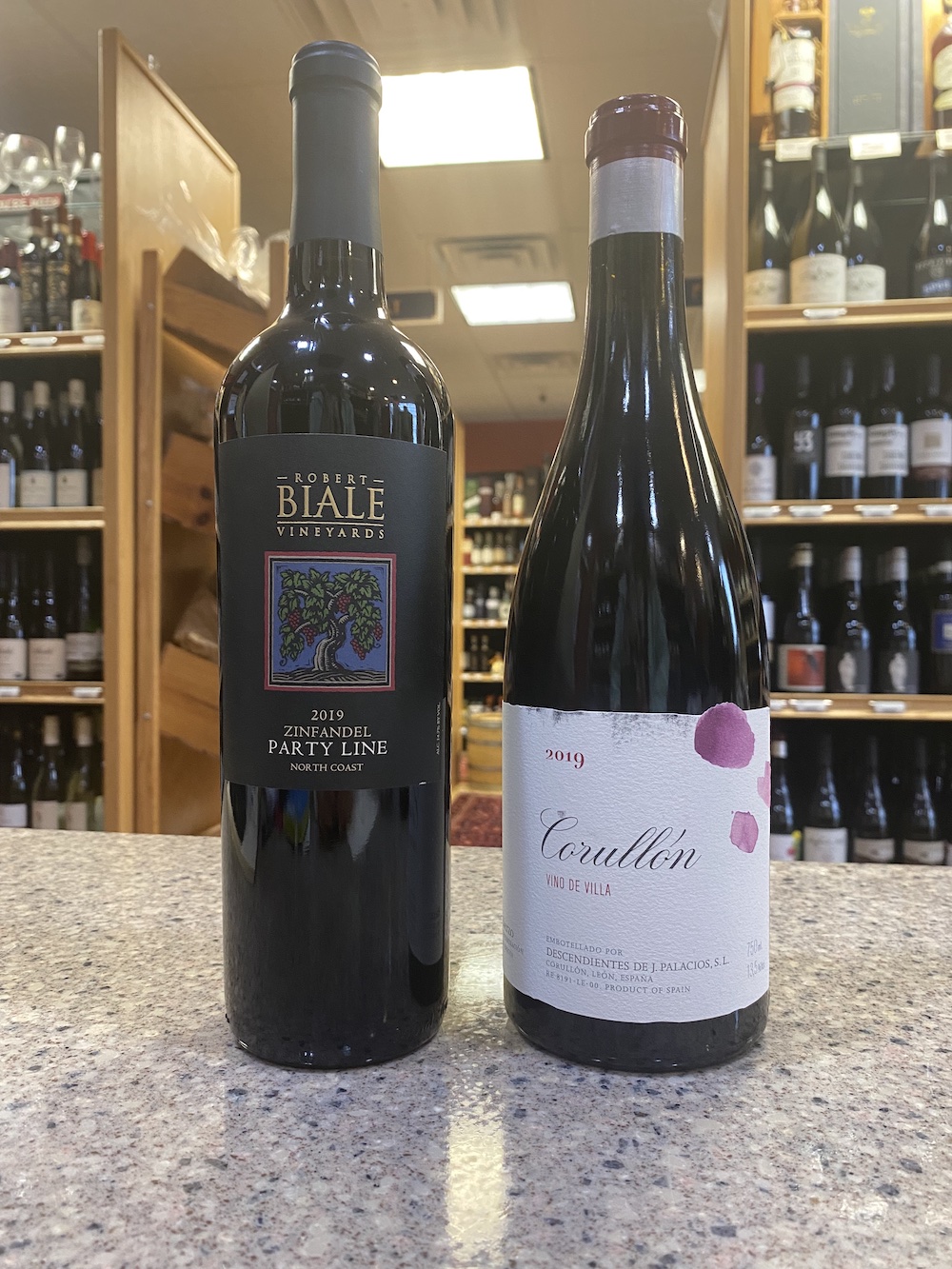 2019 Robert Biale Party Line North Coast Zinfandel Normally $37.99–$32.29 15% Off This Week ONLY! 2019 Descendientes de J. Palacios 'Corullon' Vino de Villa Bierzo Mencia Normally $62.99–$53.54 15% Off This Week ONLY! * * * About the Wines of the Week: 2019 Robert Biale Party Line North Coast Zinfandel Normally $37.99–$32.29 15% Off This Week ONLY!  
About the Winery The Biale family, immigrants from Northern Italy, began growing grapes in Napa in the 1930’s – Zinfandel only. Zinfandel, California’s adopted grape, was widely planted by immigrants throughout the state’s history as a highly flavorful red grape well-suited for its expansive range of arid climates and diverse soils. In the 1940’s Aldo Biale sold bottles of illicit homemade Zinfandel known as “Black Chickens” over his party line phone service. Committed to the tradition of farming Zinfandel, Aldo Biale and son Robert decided in 1991 to form a partnership with Marketer Dave Pramuk and set a goal of producing a world-class wine from the oldest Zinfandel vines on the Biale ranch in Napa’s Oak Knoll District. The inaugural wine was a quantity of 400 cases produced from 8 acres of old non-irrigated low-yielding vines called “Aldo’s Vineyard.” Now, under the direction of Bob Biale, Dave Pramuk, and winemaker Trester “Tres” Goetting, Biale has established itself in the Cabernet Sauvignon saturated Napa Valley as a sort of renegade/ heritage-driven house of Zinfandel – making a series of wines of distinctly different personalities that resonate with the ultimate expressions of their sites – some being among the oldest vineyards in America. 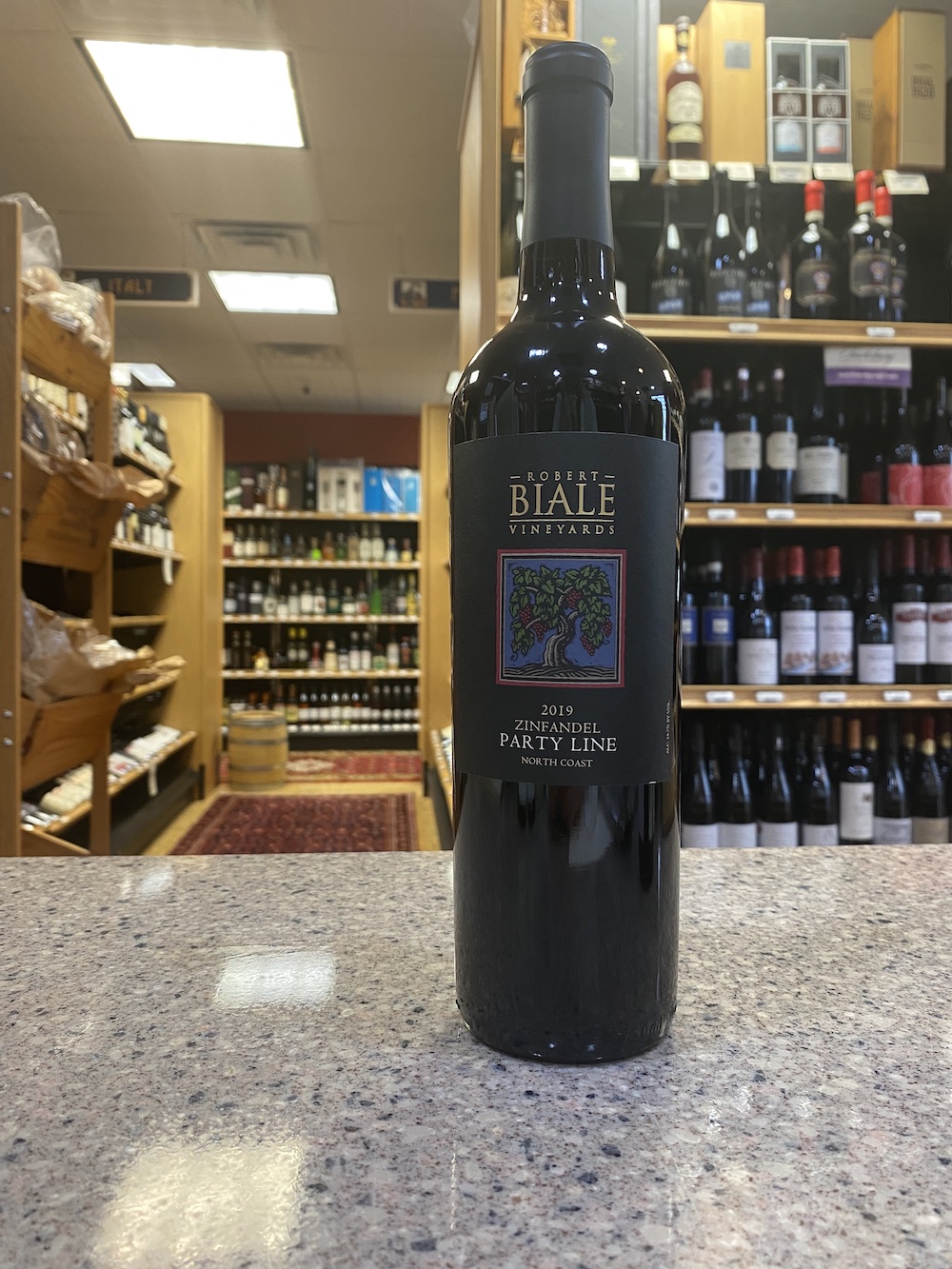
About the Wine Coming from the North Coast AVA, Party Line refers to prohibition days when people would call in for wine. Hand harvested, after which the wine was aged for eleven months in 100% Burgundy oak barrels, 25% of which is new. Unusual for Zinfandel, Biale has established a house style utilizing intensive old world Burgundian methodology from vineyard to barrel to bottle that combines elegance and balance, with Zinfandel’s natural vibrance and intensity. 100% Zinfandel. * * * 2019 Descendientes de J. Palacios 'Corullon' Vino de Villa Bierzo Mencia Normally $62.99–$53.54 15% Off This Week ONLY! 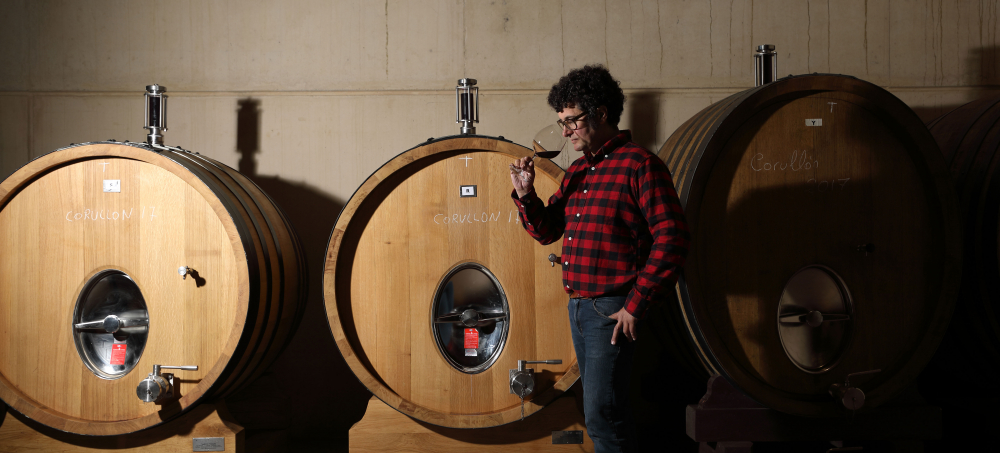 
About the Winery Alvaro and Ricardo’s first vintage was 1999, and they decided to name the winery after Alvaro's father and Ricardo’s grandfather, José Palacios, who had passed away in early 2000, soon after they had made their first harvest. The wine was called Corullòn, named after the village it was from. That wine was made up of several small plots that they had acquired. Two years later, in 2001, they decided that the best of these plots had true Grand Cru potential, so they decided to vinify and bottle them separately. These historic vineyards, San Martin, Moncerbal, Las Lamas and La Faraona are still produced today, and tell the true story of Bierzo and its ability to make unique, compelling and age-worthy wines. Today, Descendientes has a total of 35 Hectares of vineyards, mostly very old vines, and often in very tiny plots. As old plants die, they are replaced with Massale selections from the old plantings. As in Priorat, Alvaro and Ricardo gravitated early on towards a more natural approach in the vineyards in Bierzo. Today, all of their estate vineyards are farmed Biodynamically. They see the winery as a small part of a larger whole, and run it as a “complete farm”, growing other agricultural products and raising animals. They also produce many of their own Biodynamic preps. Beyond that, Ricardo Perez has become one of Spain’s foremost experts in Biodynamic viticulture, often consulting with other wineries across the country. He has even translated Rudolf Steiner’s writings on the subject into Spanish. 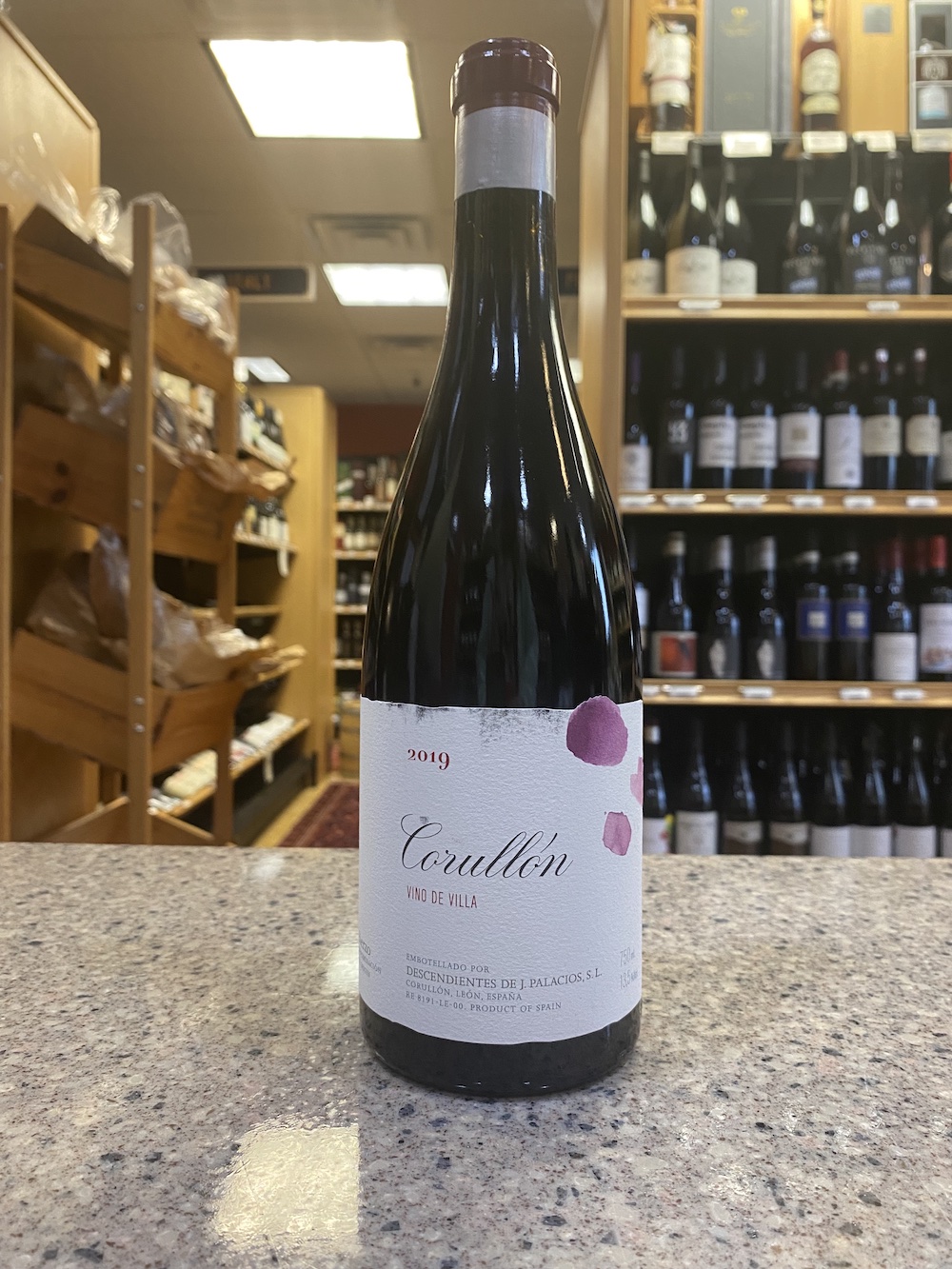 About the Wine Situated on friable schist soils; everything is done by hand or mule. Practicing Organic and Biodynamic. Coming from a selection of parcels around the village of Corullon in Bierzo. The vine age ranges from 60 - 100 years old. The grapes are harvested by hand, sorted and destemmed by hand. They macerate for 25 days in oak fermenters with hand punch down. Spontaneous fermentation. No fining or filtering. Aged in French oak, all of which was previously used either for past vintages of Corullon or to have briefly aged Petalos. 1,250 cases produced. 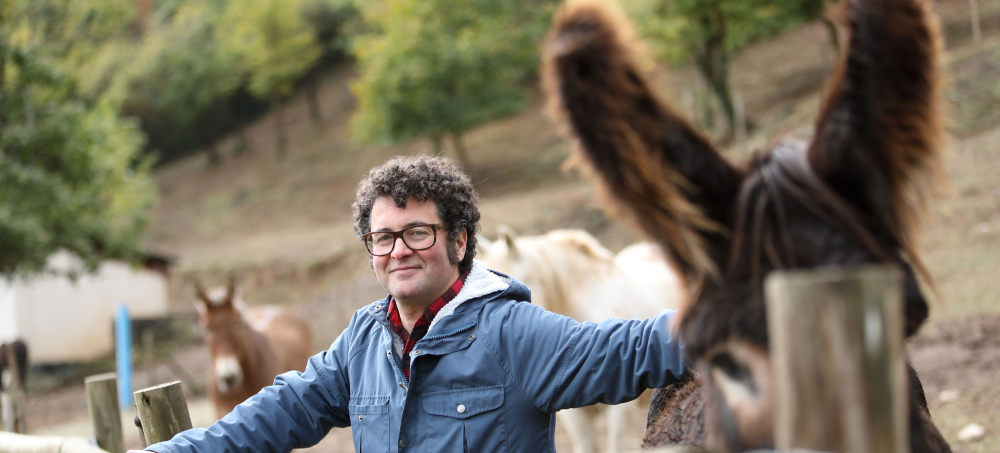
Critical Acclaim "Following the new classification of wines, the 2019 Villa de Corullón is a Vino de Villa (village), produced with grapes from 6.71 hectares divided into 200 small plots they own on slate-rich soils at 500 to 950 meters in altitude. It's 91% Mencía, 1% Alicante Bouschet and 8% white grapes from old vines (50 to 90 years old) that are organically and biodynamically farmed, and the wine will be certified in the coming years. The partly destemmed grapes fermented in oak vats with indigenous yeasts for 43 days and matured in barriques and foudres for 10 months. It has a "moderate" 13.5% alcohol, the lower part of the range, as they aim at 13.5% to 14% alcohol in the finished wines. This is a great blending exercise, as the wines are blended mostly before putting it in barrel. It's a subtle and elegant Corullón, with great balance and freshness; Ricardo talked about some tannins that are very fine. It's a fluid vintage for this bottling, a little herbal, versatile and complex. It seems to have more character than the Moncerbal than it has had in other years. This can be one of the lightest and most elegant vintages of Corullón, with a different texture from the rest of the 2019s. There were 20,344 bottles and some other formats produced." –96 points, The Wine Advocate * * * Also Tasting Today: 2017 Chidaine Montlouis Clos Habert Loire Demi-Sec Chenin Blanc $42.99  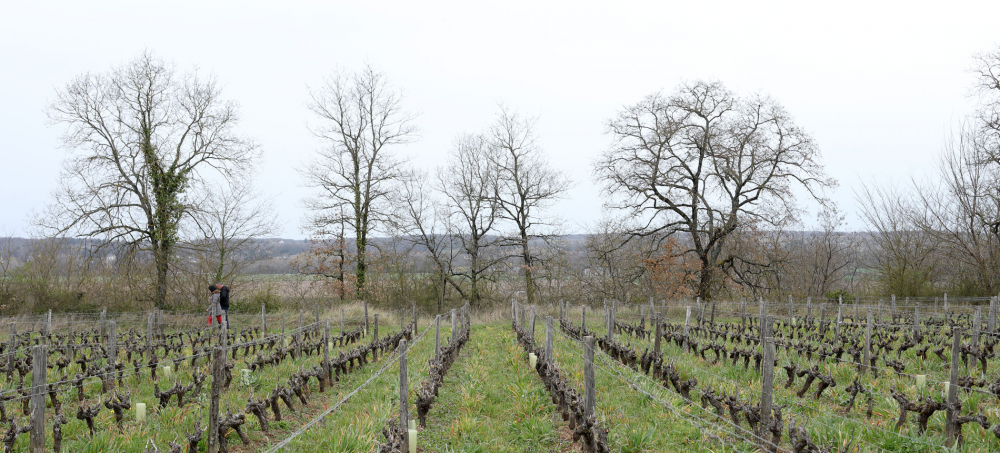
François Chidaine worked alongside his father Yves for many years before setting out on his own in 1989. Convinced of the potential of the teroirs of Montlouis and Vouvray, he purchased assorted parcels and expanded the estate to today's total of 30 hectares of Chenin Blanc, many of which are dominated by old vines of 40 to 80 years of age. During these years of growth, Chidaine earned a reputation as a leading natural viticulturalist the region. At the Domaine, François is a true champion of the Chenin Blanc grape and touts its ability to produce vibrant wines that age gracefully. He is happiest in his vines, but being among his barrels is a close second. In many circles, François is as respected a vinifier as he is a vigneron. 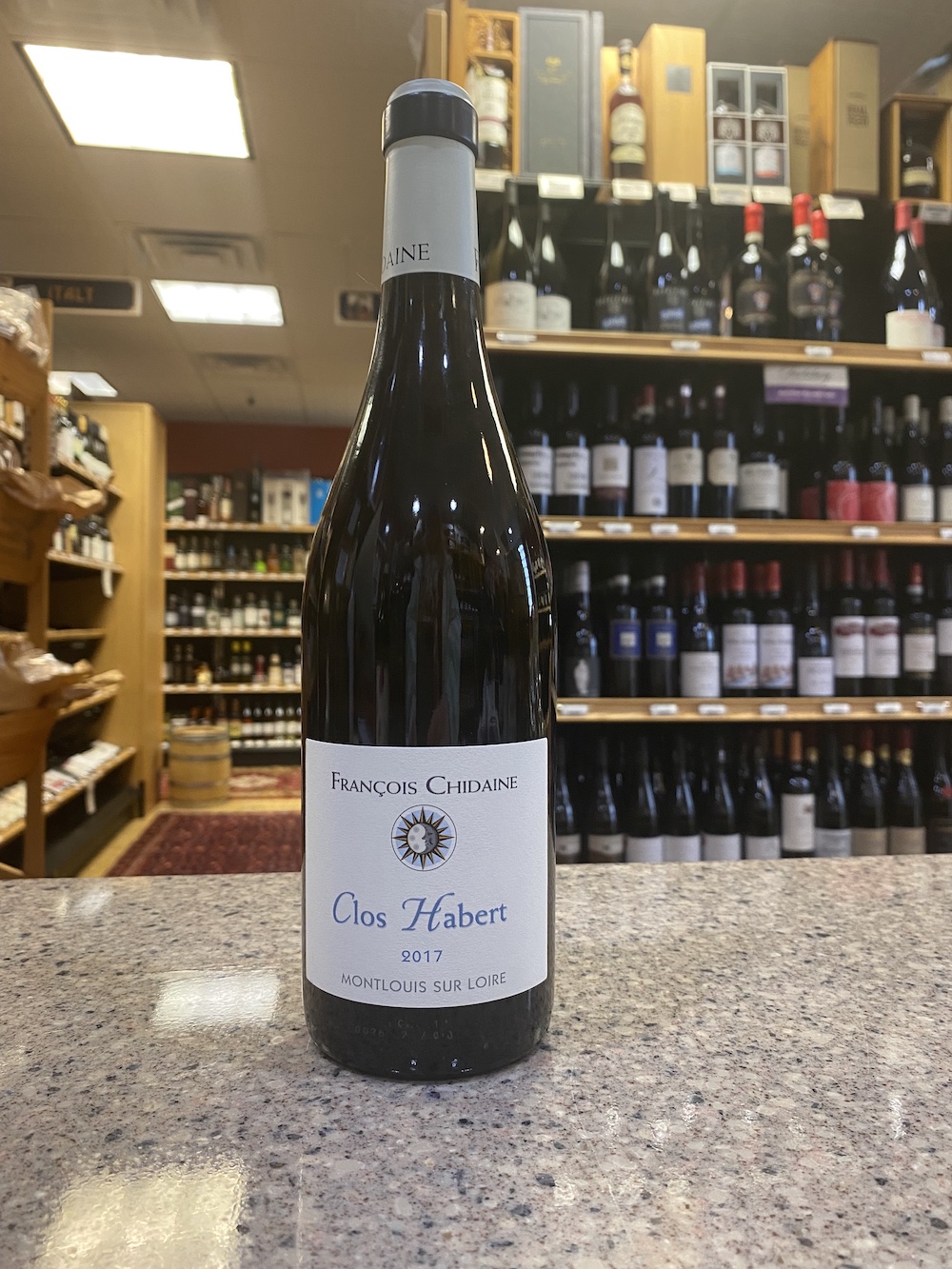 About the Wine Certified Organic and Biodynamic, Clos Habert lies adjacent to the Clos du Breuil. Vine age ranges from 25 - 60 year old vines. Situated on clay and silex soils, the grapes were hand harvested in two to four passes. Chidaine uses this fruit to make a tendre style of Montlouis with a lovely balance and minerality, vinified as a demi-sec in stainless steel using indiginous yeasts. After which, the wine was aged in a combination of tank and used demi-muids. 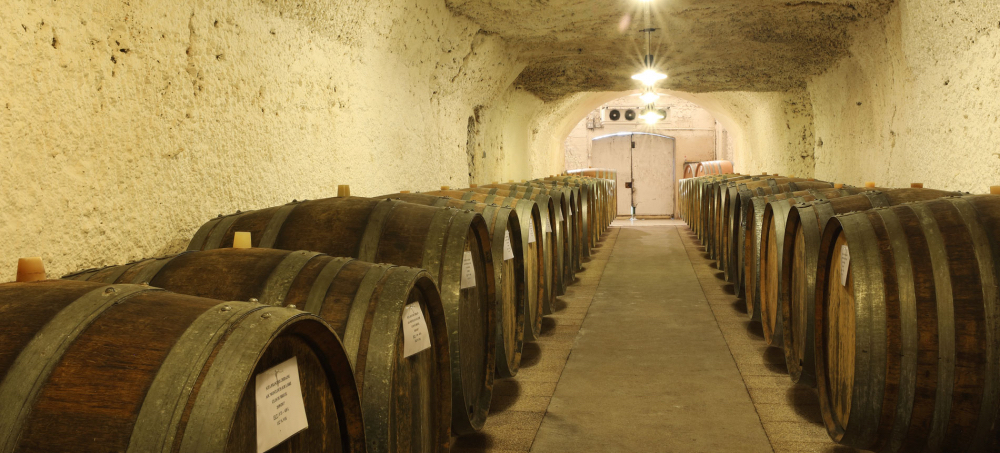 Critical Acclaim “The 2017 Montlouis Clos Habert is a fabulous choice for readers who enjoy the richer side of Loire Chenin. Orange peel, burnt sugar, chamomile and lightly honeyed notes are all laced together in a wine that offers superb flavor density and concentration while remaining light on its feet. There is so much to like here. Clos Habert will be especially rewarding when served along richer dishes and fresh cheeses.”–92 Points, Antonio Galloni, Vinous Media * * * Cocktail Recipe of the Week: 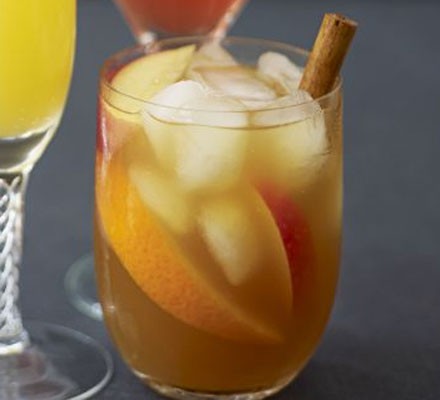
Winter Pimm's Punch Ingredients: 500ml Pimm's
500ml Raynal VSOP Brandy
1½ liters apple juice
ice
2 cinnamon sticks
apple, sliced
orange, sliced Directions: Combine the Pimm’s and brandy with the apple juice in a jug filled with ice, cinnamon sticks and a sliced apple and orange. Cheers and Enjoy! * * * Snack of the Week: 
Fromager D'Affinois This French innovation may look like pudgy brie, but it's actually much creamier. The mild, buttery flavor has a sweetness that goes very well with champagne and fresh fruit. Fromager d'Affinois may remind you of a triple-creme, so loaded it is with silky fat. But that texture is achieved by ''ultra filtration,'' which breaks down the fat molecules in the milk in order to further disperse them through the paste. The result is a thick, nearly whipped spread of tangy, milky goodness. * * * |